(311) My version of Taketori Monogatari
文字数 1,878文字
The date of completion of "Taketori Monogatari (竹取物語)", or “the Tale of Bamboo Cutter” is unknown, but it is said to be the oldest story in Japan, as it is quoted in other books dated around 950 A.D.
The story begins like this: When an old man went out to the bamboo forest, he saw a shining bamboo, and when he cut it, he found a pretty girl about 9 cm tall sitting inside. The old couple named the girl "Kaguya-hime (かぐや姫 Princess Kaguya)" and raised her with great care.
In 1835, Hans Christian Andersen also published a story about a thumb-sized princess named “Thumbelina (親指ひめ)” born from a tulip flower.
There are three main types of bamboo that grow in Japan: Madake, Mosouchiku, and Hachiku.
Mosouchiku was introduced from China in 1736, so the bamboo that appeared in “Taketori Monogatari” is presumed to be Madake. Mosouchiku is the most commonly seen bamboo in Japan these days.
I went to Doho Park and Takezono Park to look for bamboo shoots, feeling like I was princess Kaguya.
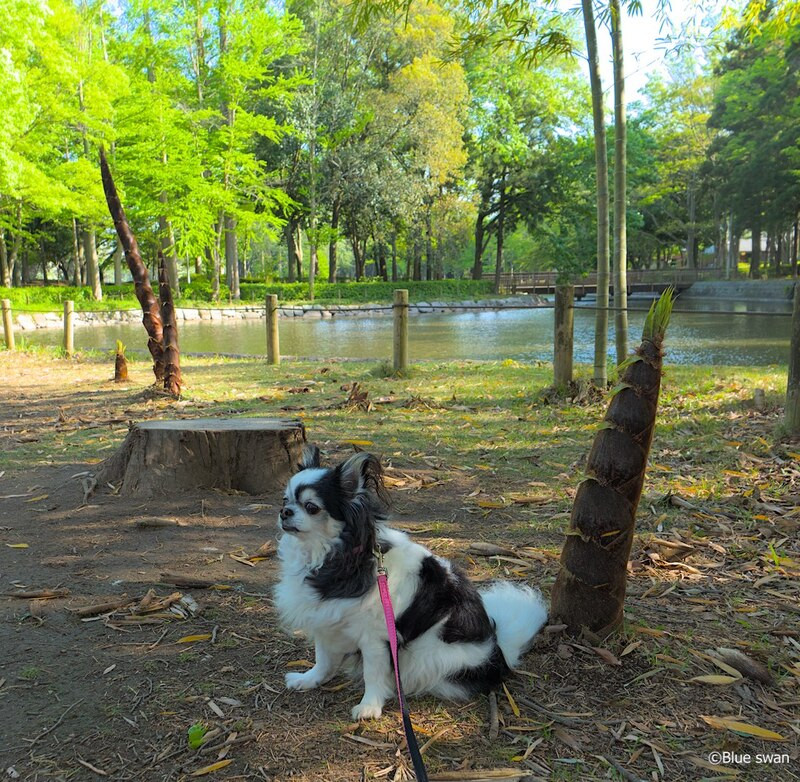
① I’ve found large bamboo shoots of Mosouchiku in Doho Park.
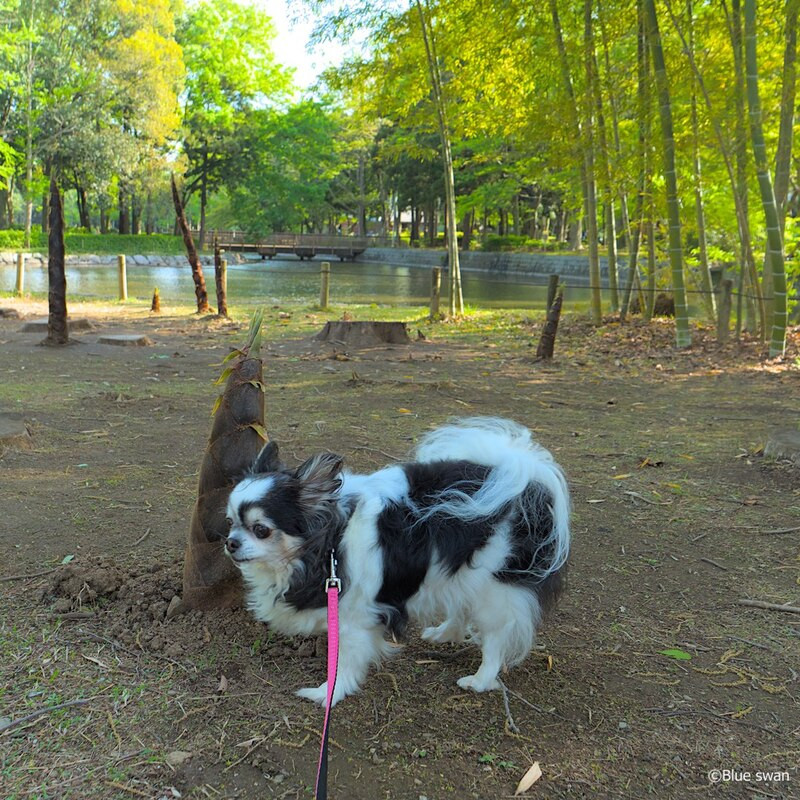
② The bamboo shoots here are smaller than the ones in photo ①, but they are too big to eat, so I’ll go to another bamboo grove.
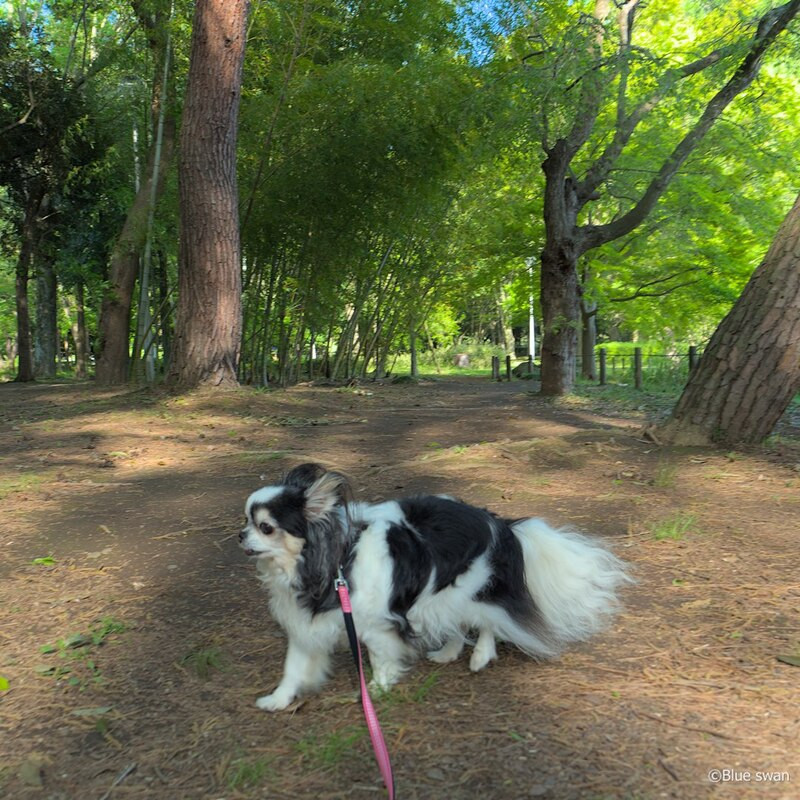
③ I found the second Mosouchiku bamboo grove in the distance.
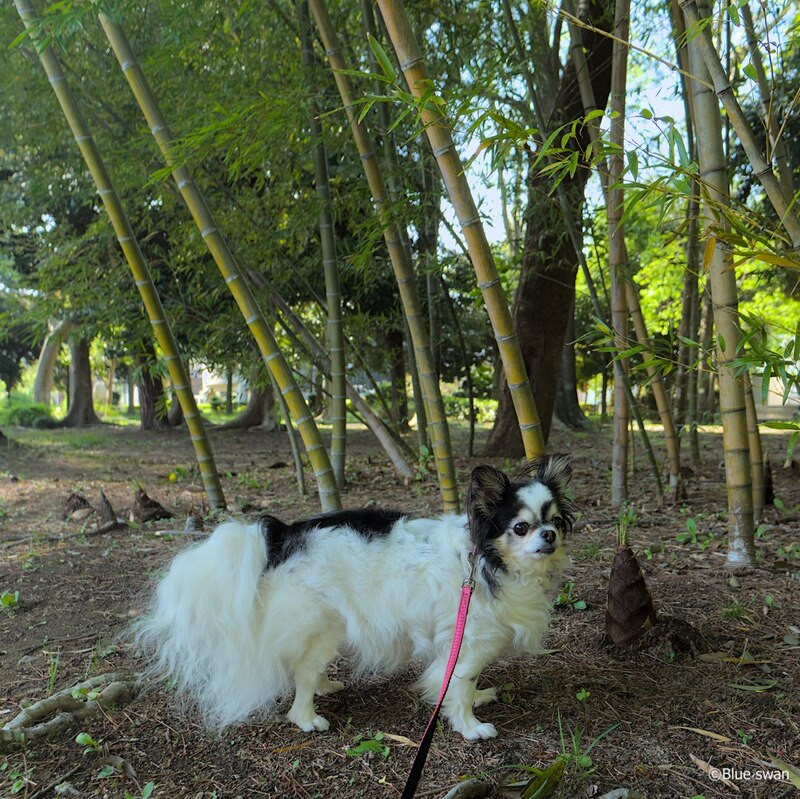
④ I’m approaching the bamboo grove. You see, there are bamboo shoots near me. This size can be eaten.
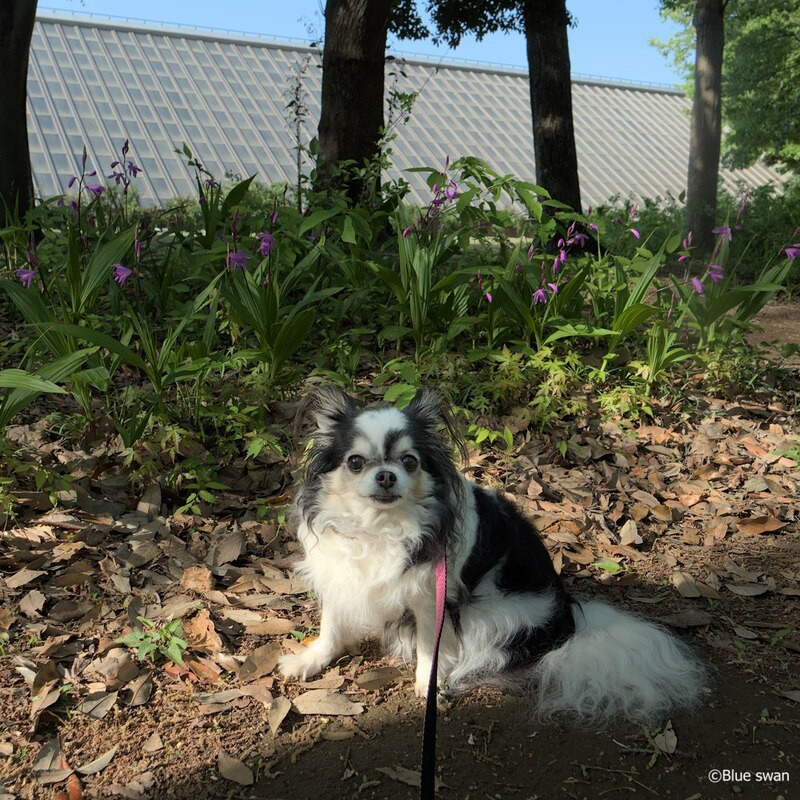
⑤ I am in front of a giboshi. The young leaves of giboshi are edible.
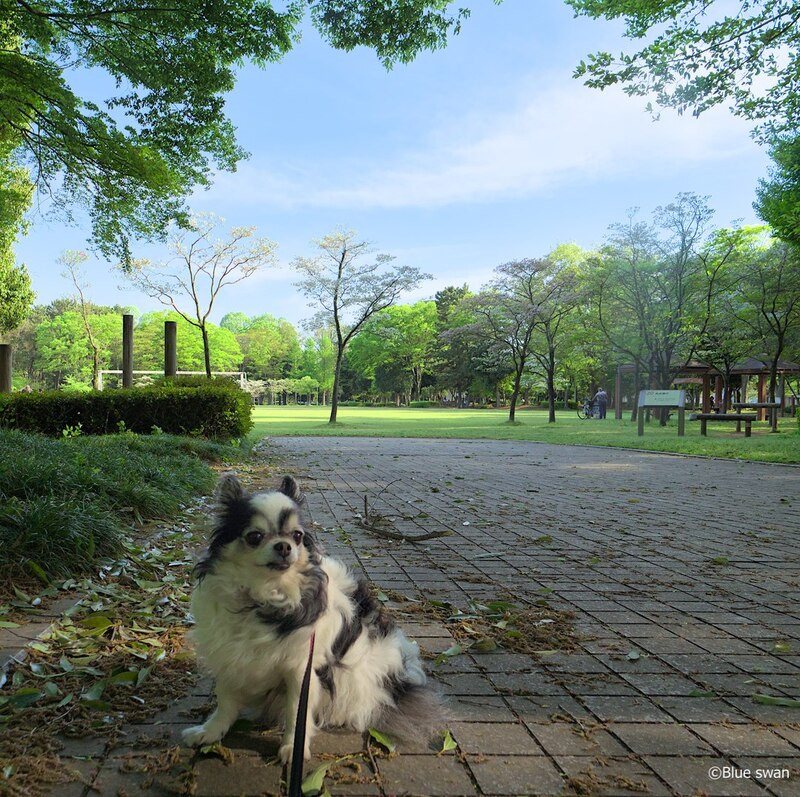
⑥ I am in front of the multi-purpose plaza in Doho Park. The Hanamizuki (dog wood) in the
square are beautiful.
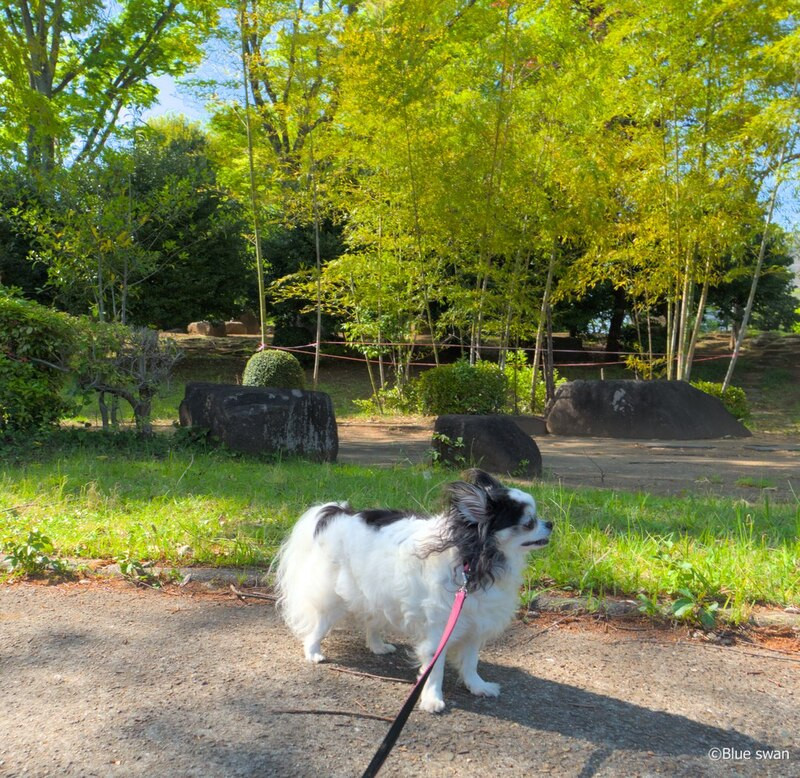
⑦ I’ve arrived at the bamboo grove in Takezono Park.
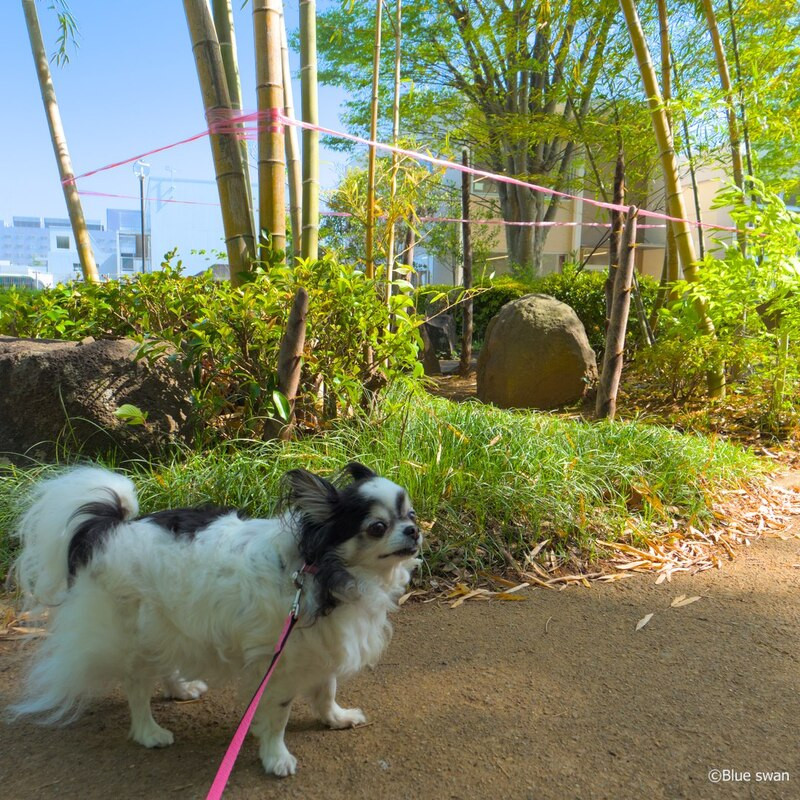
⑧ When I approached it, there were bamboo shoots. They are thin bamboos with wide joints. They are the bamboos that appeared in “Taketori Monogatari”.
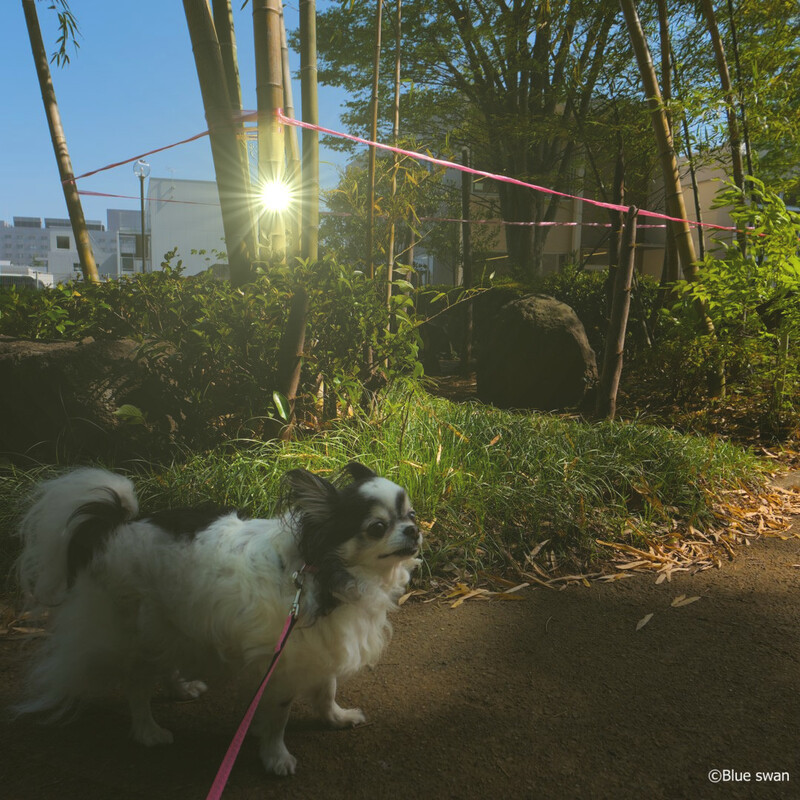
⑨ I think it is something like this when the old man found the bamboo in “Taketori Monogatari”.
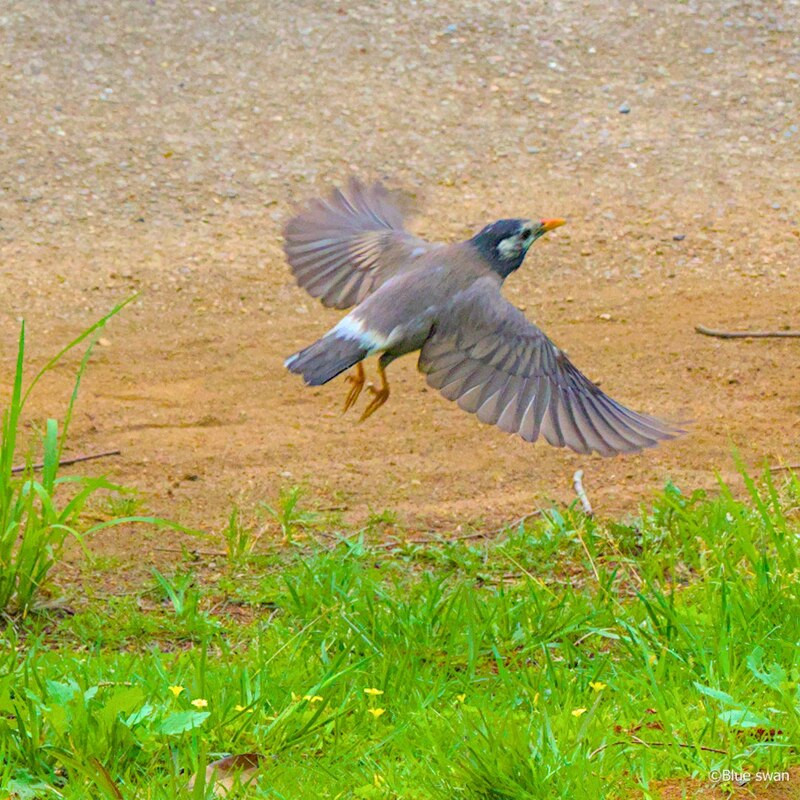
⑩ A starling is flying near the bamboo grove.
The story begins like this: When an old man went out to the bamboo forest, he saw a shining bamboo, and when he cut it, he found a pretty girl about 9 cm tall sitting inside. The old couple named the girl "Kaguya-hime (かぐや姫 Princess Kaguya)" and raised her with great care.
In 1835, Hans Christian Andersen also published a story about a thumb-sized princess named “Thumbelina (親指ひめ)” born from a tulip flower.
There are three main types of bamboo that grow in Japan: Madake, Mosouchiku, and Hachiku.
Mosouchiku was introduced from China in 1736, so the bamboo that appeared in “Taketori Monogatari” is presumed to be Madake. Mosouchiku is the most commonly seen bamboo in Japan these days.
I went to Doho Park and Takezono Park to look for bamboo shoots, feeling like I was princess Kaguya.

① I’ve found large bamboo shoots of Mosouchiku in Doho Park.

② The bamboo shoots here are smaller than the ones in photo ①, but they are too big to eat, so I’ll go to another bamboo grove.

③ I found the second Mosouchiku bamboo grove in the distance.

④ I’m approaching the bamboo grove. You see, there are bamboo shoots near me. This size can be eaten.

⑤ I am in front of a giboshi. The young leaves of giboshi are edible.

⑥ I am in front of the multi-purpose plaza in Doho Park. The Hanamizuki (dog wood) in the
square are beautiful.

⑦ I’ve arrived at the bamboo grove in Takezono Park.

⑧ When I approached it, there were bamboo shoots. They are thin bamboos with wide joints. They are the bamboos that appeared in “Taketori Monogatari”.

⑨ I think it is something like this when the old man found the bamboo in “Taketori Monogatari”.

⑩ A starling is flying near the bamboo grove.
